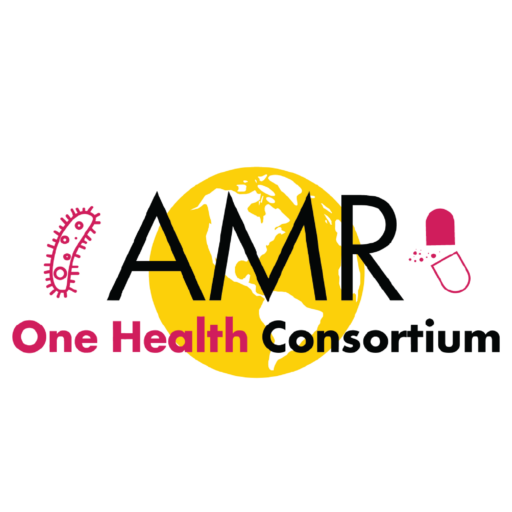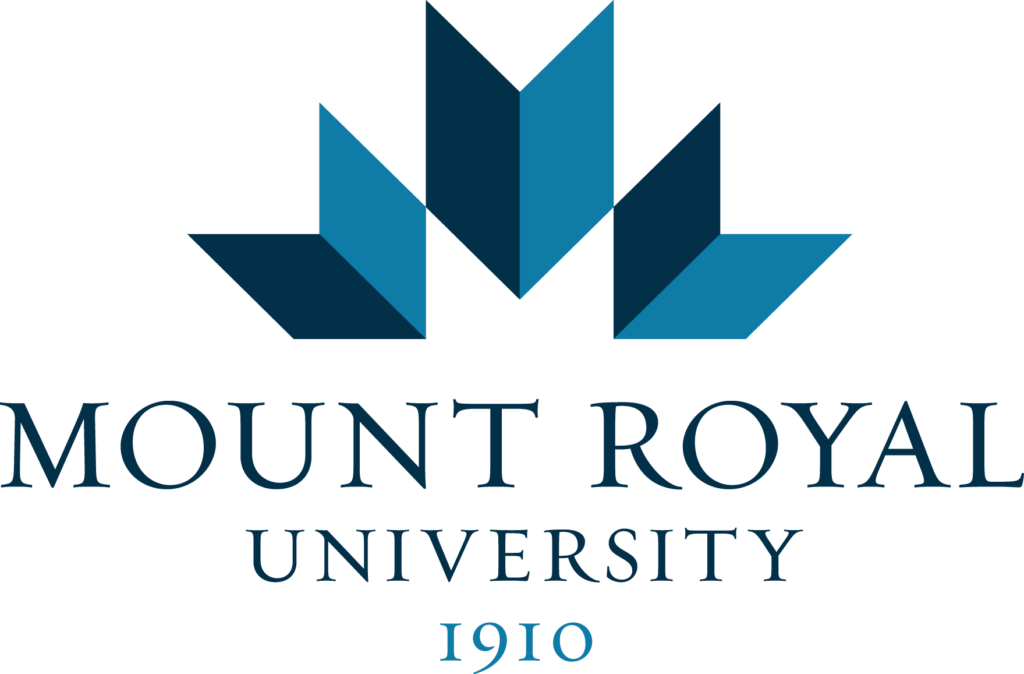On This Page:
About the Project
This website is still under development and is part of a research project to explore arts-based methods of knowledge translation. Its creators are making significant efforts to ensure a user-centric design, meaning that we are reaching out to all potential users and stakeholders to help inform the content and function of this site. If you see something you don’t think has been represented accurately, know of someone we should talk to, or want to suggest a product, a process, or a need relating to antimicrobial resistance (or infection prevention), please reach out to us!
You can use the contact form available at the top of all website pages, or contact Courtney.MacDonald@ucalgary.ca.
Thank you in advance for your feedback and contributions!
About the Team

The Antimicrobial Resistance (AMR) One Health Consortium is a pan-Alberta collaborative platform focused on antimicrobial use and resistance research, policy, training, outreach, and commercialization. The AMR – One Health Consortium uses a transdisciplinary, multisectoral One Health approach, to promote self-sustaining clinical, epidemiologic, basic and social sciences, and translational research on AMR in Alberta that will be scalable to all of Canada.
This website was created as part of the AMR One Health Consortium Work Package 7A with thanks to the Consortium, especially Dr. Herman Barkema, Samantha Larose, Golsa Kafili, Dr. Kayley McCubbin, Janelle Jiminez, and Andrea Kormylo.

W21C is a research and innovation initiative based in the University of Calgary (UCalgary) and the Calgary Zone of Alberta Health Services (AHS). W21C conducts health systems research with the overarching mandate to improve patient safety and quality of care. Through this strategic research and innovation agenda, W21C aims to make care better for our communities, both now and in the future.
The development of this site was lead by Human Factors Research Associate Courtney MacDonald, assisted by Anna Bradford, with contributions from Katie VanTil. Contributions to the research and development leading up to the creation of this site were provided by Michelle Cheng, Dr. Rebecca Malott, Kristin Flemons, Julia MacGregor, Johanna Blaak, Julia Kupis, Kathy Liu, Kumel Amjad, and Greg Hallihan. Advisors included Dr. Danielle Julien, Dana Jelinski, and Michele Anholt.
The Principal Investigator of this work package is Dr. John Conly, MD, Medical Director of W21C, Infectious Disease specialist, member of Canadian Expert Advisory Group on Antimicrobial Resistance, past President of the Canadian Infectious Disease Society, past Chairman of the Board for the Canadian Committee on Antibiotic Resistance, past Co-Director for the Snyder Institute for Chronic Diseases at the University of Calgary, a previous Vice Chair for the Canadian Expert Drug Advisory Committee, and a previous member of the WHO Advisory Group on Integrated Surveillance of Antimicrobial Resistance.

Mount Royal University (MRU) is an Alberta undergraduate post-secondary institution with over 14,000 students. Students and faculty from the Information Design program within the School of Communication Studies have contributed to the development of this tool by carrying out end-user research, developing prototype interfaces, and designing usability testing strategies. Students in Information Design use their skills to make complex information understandable for target audiences.
The co-Principal Investigator for this project is Brian Traynor, Associate Professor, Information Design, Faculty of Business and Communication Studies, Mount Royal University.
A special thanks to MRU Information Design student contributor Cindy Hutchison.
About the Website
This website was creating using the WordPress Astra Theme with the following free plugins:
- TablePress – WordPress plugin
- Ninja Forms – WordPress plugin
- H5P – WordPress plugin
- Yoast SEO
- Posts Table with Search and Sort plugin (free version)
The primary pathways through the website, including the information pages on “Fighting AMR” and “The Beef Cattle System” were created using standard WordPress pages.
The Opportunities pages (characterized by a pink border) were created using posts to take advantage of WordPress’s ability to sort and filter posts by tags and categories. The “Browse Opportunities” menu allows the user to filter all posts and return the opportunities of interest.
Images and videos were either provided by the source identified in the caption, or else downloaded from an open-license source, including Colourbox, Unsplash, Pixabay, and Flickr. Image editing was done using Adobe Illustrator. Video editing was done using iMovie. Other tools tested or used for prototyping include:
- Adobe XD
- Visme
- Tableau Public
- Prezi
- LucidChart (wireframing)
- Microsoft PowerPoint

